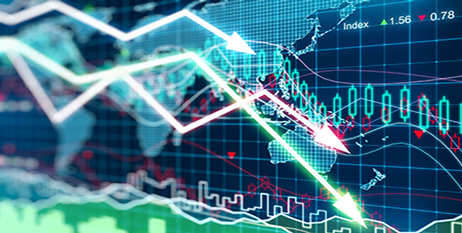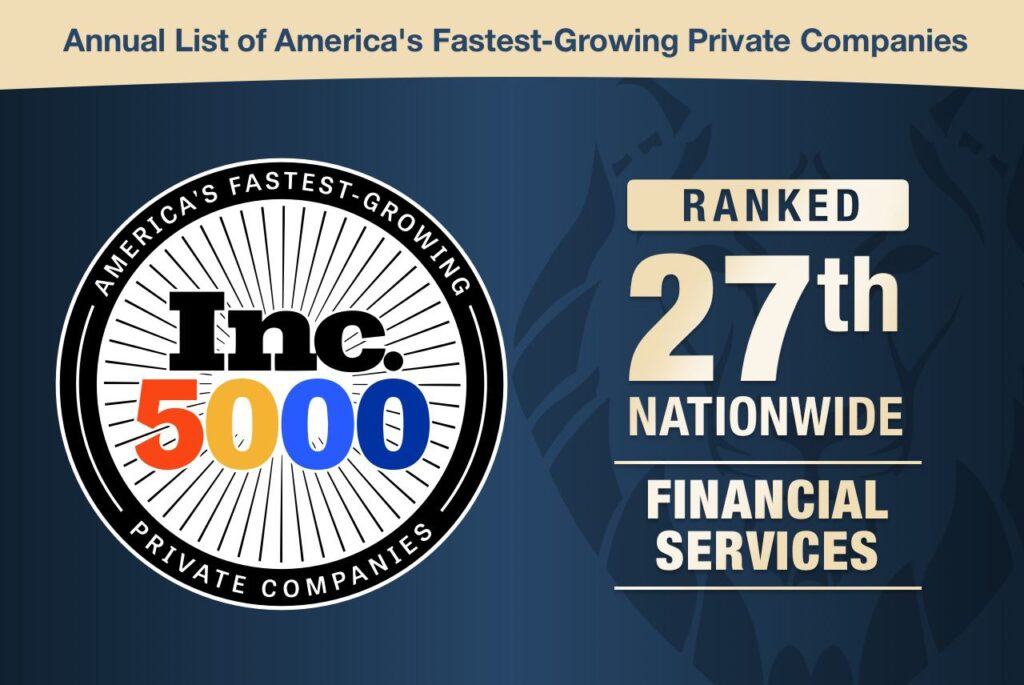Fortune Magazine, a bellwether of capitalism and economic prosperity, has never pulled punches when it comes to pointing out warning signs for investors.
However, Fortune isn’t the only major publication that has made recession-watching something of a phenomenon recently, as the current economic expansion is already over 111 months old. That’s almost 3 times as long as the average boom! The longest ever was just 120 months, starting in 1991 and ending in 2001.
Some market watchers are pessimists, while others are optimists. Here at American Hartford Gold Group, we like to think of ourselves as realists.
That means it isn’t our job to predict the market for you.
It is our job to make sure you are prepared for all seasons, especially the bad ones.
We hear it every day from our clients: it feels great to do well in the markets, but they feel even better knowing they are as safe as possible when the market inevitably turns.
Fortune’s writers clearly agree: “Clearheaded investors and leaders come through downturns fine because they confront reality early—and in the best of times, they prepare for the worst.”
With that in mind, let’s take a look at what Fortune has to say about what is ahead:
1. Every market has seasons, and change is coming
While no one can easily predict the timing of a business cycle, it is easy to see where our economy lies in relation to it. One of the most powerful signs is an overheating economy: where demand outstrips supply, job growth outpaces worker availability, inflation comes roaring in, the Fed raises rates, and then stocks begin to fall.
According to Ray Dalio, CEO of Bridgewater Associates (the largest hedge fund in the world), “we know that we are in the ‘late-cycle’ part of the business cycle.”
The Congressional Budget Office agrees: according to their measures, the economy is overheating and producing more than it can possibly sustain. They see inflation and interest rates on the rise with no end in sight.
2. There simply aren’t enough workers to fill all the open jobs
Demographics are working against us now. Baby boomers are retiring, and Americans are having fewer kids (hitting an all-time low in 2017). The workforce is actually on the decline in America, while the number of open jobs is increasing fast.
To make up the gap, skilled workers from other countries have been coming at an increasing rate, to the point where we now are having to compete with other countries for them. While the current administration is focusing just on the illegal side of immigration, it can have ripple effects for America’s reputation as a friendly place for legal workers to immigrate to. Only time will tell if it does.
3. A full-blown trade war could stop growth in its tracks
Nobody likes to see America taken advantage of in trade, but for the most part we are actually a big beneficiary of trade. According to FactSet, U.S. companies that do more business overseas are quicker to grow and make more profit on average.
So far, there have been limited consequences for the war of words going on at the political level. But history shows that trade war talk can spiral out of control very quickly.
The other shoe to drop here has to do with business confidence and certainty. Business thrives when the environment is stable, and tends to hold back when uncertainty gets worse. If the trade situation looks to blow up or even possibly change unpredictably in the future, businesses hold off on new investment. That could cut growth fast.
4. When oil prices rise, nobody wins (except oil producers)
This one is simple: high oil prices mean stunted growth worldwide, even for America. The Organization for Economic Cooperation and Development says when it comes to the economy, high oil prices are a “risk that looms large.”
America is a stronger oil producer now, so there are some benefits to more expensive oil. But not enough to outweigh the impact around the world as it hurts further growth.
5. Economic stimulus is too much, at the wrong time
Recent federal tax cuts and spending hikes have opened a nitrous bottle into America’s economic engine, but it is now overheating fast. The timing is odd too, since stimulus is usually applied at the bottom of the business cycle, not the top!
The recent stimulus, combined with full employment, is a perfect storm for the economy. It might burn very bright for a time, but in the end is not sustainable.
What is worse, the stimulus sets America way back as an already heavily-indebted nation. When recession comes, Congress and the Fed have much less room to maneuver us out.
6. Everybody is overleveraged
It isn’t just consumers that are awash in debt – companies are too. Debt held by non-financial companies is at its highest rate ever: 74% of GDP! The low rate environment we’ve recently enjoyed has been the reason why.
But imagine what will happen when rates start to rise. That could mean a lot of hurt to both companies and their workers when austerity strikes.
Ahead, it looks only worse. The Federal Reserve expects this percentage to rise to 96% by 2027!
The Treasury Office of Financial Research says “Nonfinancial business leverage ratios … are flashing red on the heat map.”
7. Traditional signals are pointing to recession soon
An inverted yield curve, when long term Treasuries yield less than short term Treasuries, has long been a harbinger of recession. Currently, it is quite close to inversion in an eerie echo of what happened just before the 2008 recession struck.
Low unemployment has always presaged recession – every time in the last 65 years!
8. Market analysis has detached from reality
Even pro Wall Street analysts can get infected with market euphoria. A recent survey found that they collectively believe that S&P 500 companies will enjoy 15% growth in profits for the next five years at least!
Even your average investor knows that is very unlikely to happen. On average, U.S. corporate profits haven’t even hit a 6% compound annual growth rate over the last 70 years.
ACT NOW AND GET PREPARED FOR ALL SEASONS
A recent study by CNBC found that America’s wealthiest investors are moving out of stocks into cash and other safe haven assets. Ray Dalio reports that there are no undervalued stocks to be found.
While it is never fun to predict the end of America’s (second greatest) economic party, we are happy to be a little too early than to be too late. Our families are counting on us to protect them when times get hard.
If you’ve built a level of security for your retirement that is strong, you should be proud. Don’t let over-dependence on traditional stocks and bonds become your Achilles heel.
Put simply, gold and silver can help protect your hard-earned wealth, and your hard-earned peace of mind.
Have you thought about what gold and silver, in your home safe and/or in a Gold IRA, could do for your family’s security?






